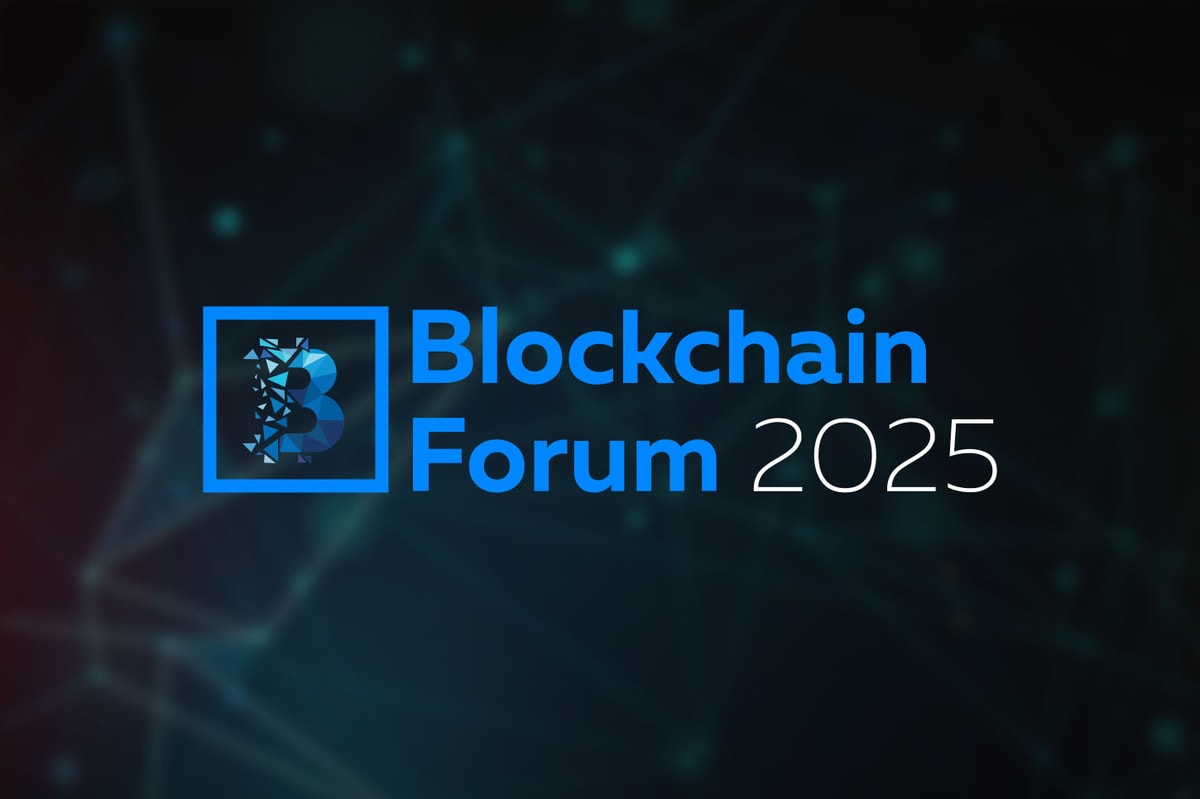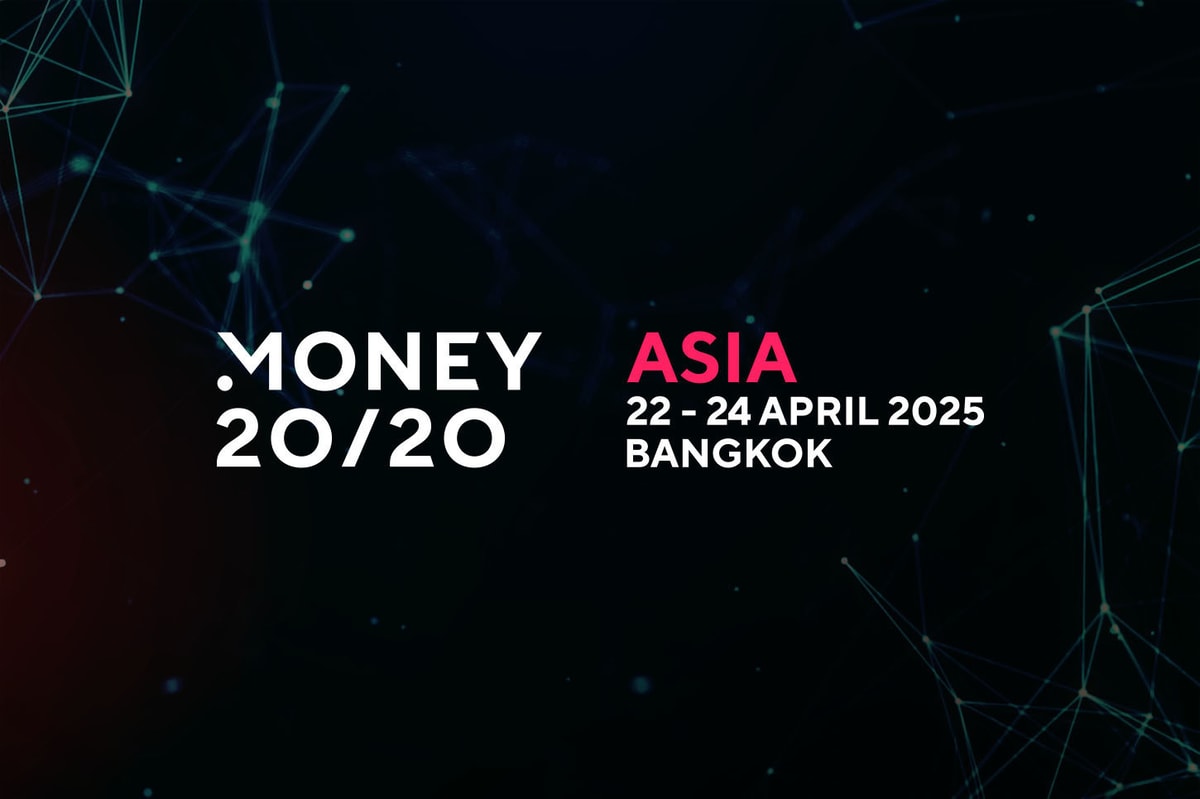Cointelegraph China successfully held the “Cointelegraph China Shanghai Blockchain Week.” Sponsored by CyberVein, Nova Club Capital and Crypto Millions Lotto and supported by HBTC, the event gathered technology developers, investors and researchers from the blockchain industry to discuss the adoption of cryptocurrency, the 2020 DeFi boom, the next “nonfungible token” trend and the future of Web 3.0.
Li Xiangmin, a co-founder of Cointelegraph China and the founder of ChainCapital, said in his opening speech that Cointelegraph China has achieved a lot in less than one year since its establishment, including holding several online events, such as Focus and Hub and holding China Bay Area International blockchain week in August. In addition, Li also disclosed that the first anniversary of Cointelegraph China will be held on Dec. 4 in Sanya this year.
According to event speakers, the developmental momentum of DeFi has slowed down, and the heat of the relevant market has cooled. Investors who missed yield farming will turn their attention to the emerging NFT field, and search for high-quality NFT projects in advance.
Jordan Lazaro Gustave, chief operating officer of Aave, said the DeFi risks lay in the smart contracts. He said for most projects, they should work with security companies as much as possible. Because anyone can build a DeFi project, but some projects don’t have enough financial support to pay for audits. When a project lets go of a contract, there is a liquidity risk. Such a project can take insurance measures for the agreement to protect the interests of users.
After experiencing explosive growth, DeFi has cooled off since. According to event speakers, if we want to continue to develop and go mainstream, we must first solve the bottleneck problems, such as the vulnerability, security and scalability of infrastructure.
Ju Jianhua, founder of HBTC stressed that when cross-chain technology matures, great changes will occur throughout the entire industry, which will establish a link between the crypto industry and the rest of the world.
Jianhua continued, saying that HBTC’s blockchain is a public chain built upon cross-chain DeFi infrastructure. On Nov. 1, the HBTC blockchain will commence node recruitment, and it plans to launch its mainnet in December. There are many cooperation opportunities for HBTC’s cross-chain DEX ecology, including the issuance of assets for the project side to raise funds.
Jerry Ning, a co-founder of CyberVein, said NFT has market demand, but the demand is relatively small, and the audience is limited. The NFT industry has gained some attention due to the booming DeFi market, but there is still a long way to go. Games and encryption art will be the biggest application scenarios of NFTs. In the financial industry, insurance is the most interactive sector with NFTs, and they can also increase more liquidity for insurance products.
Yang Linyuan, a managing partner of DFund, pointed out that although DeFi has ups and downs, the NFT market has been steadily rising. Crypto art and blockchain technology can bring a new dimension to the art industry. NFTs have a distinct cultural meaning because they can bring new users of traditional industries over to the crypto industry. In the NFT industry, encrypted art is easier to expand than games.
The widespread adoption of cryptocurrency and the future of Web 3.0
Cryptocurrency is both subversion and integration to traditional finance. In the future, experts predict that we will see a more successful combination of cryptocurrency and traditional finance, as well as the acceptance of cryptocurrency by mainstream and tradition.
Sulim Malook, founder and CEO of Crypto Millions Lotto, revealed that his project originally intended to standardize Bitcoin as a payment instrument, and the smart contract based on Ethereum would manage the lottery business.
One of the first innovations of Crypto Millions Lotto is to create a token to support the auction of lottery tickets. Malook said CML tokens allow holders to profit from the Bitcoin lottery company Crypto Millions Lotto twice a week, as long as they stake their tokens.
By purchasing CML tokens and staking them, the holder will get a “golden lottery ticket.” The more tokens people hold, the greater their share of bonuses. CML tokens have a tangible intrinsic value, which provides a true “lower limit” for their price.
The value of this “reserve price” is based on the future discounted lottery winnings that a holder can obtain and the incremental value created by increasing the number of tickets entered in each draw.











